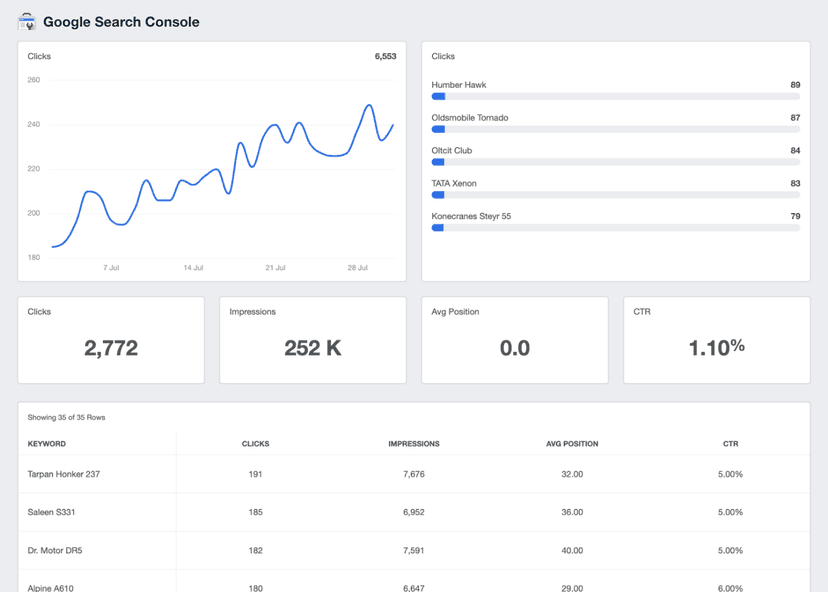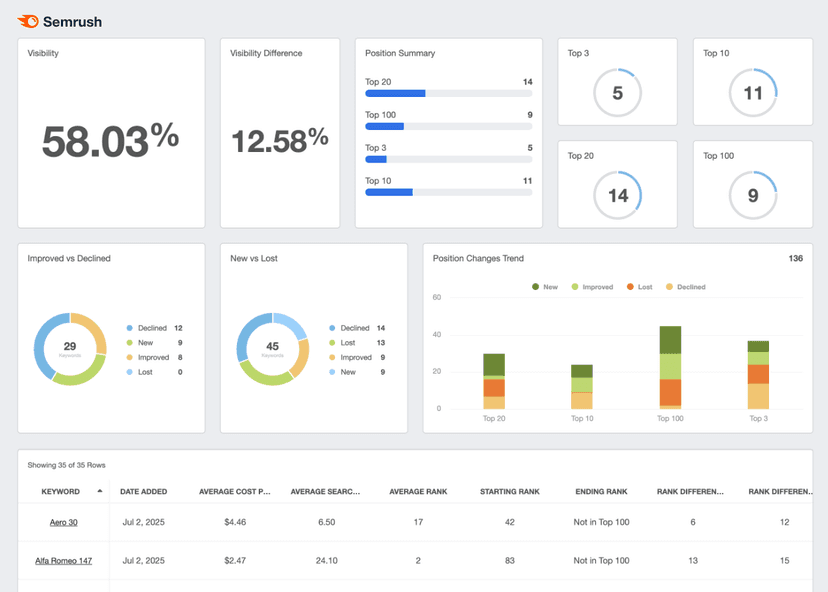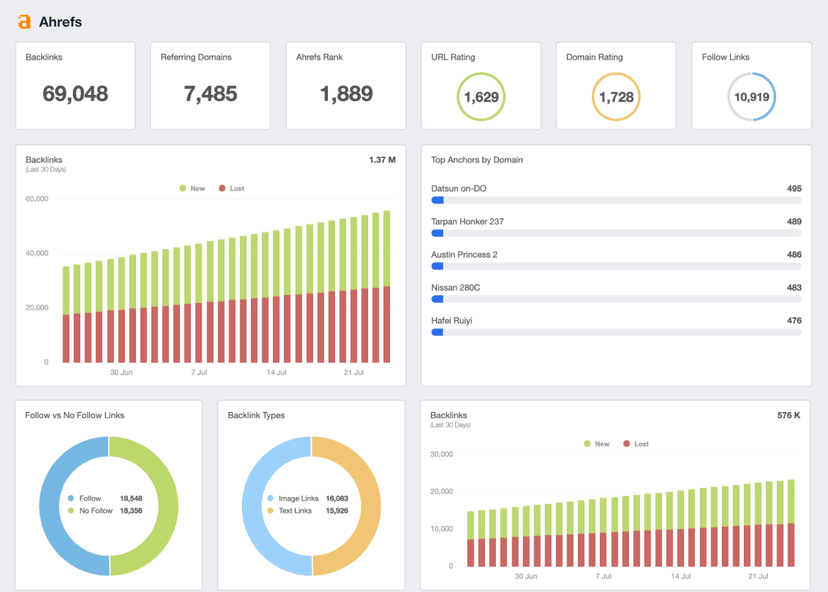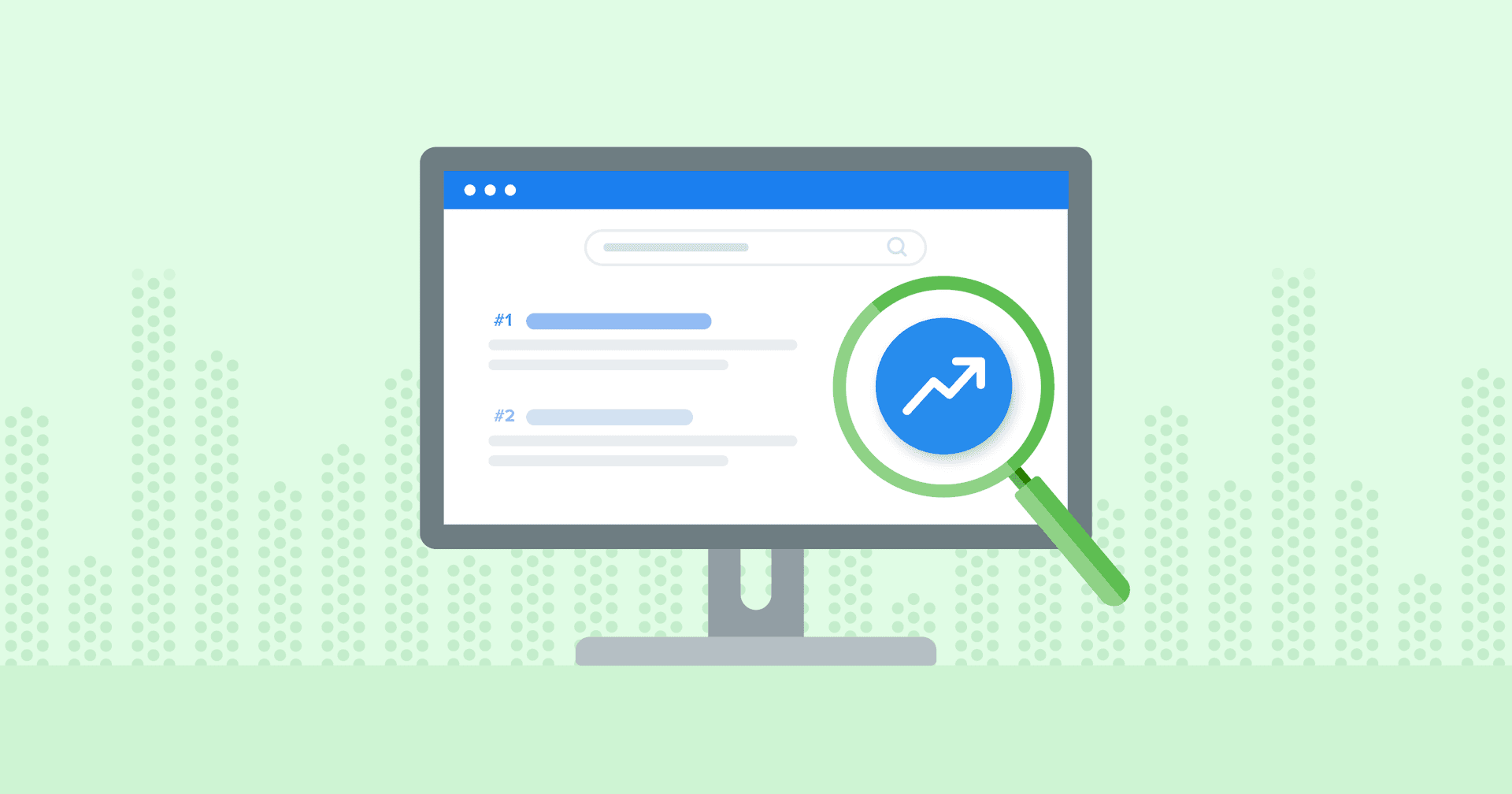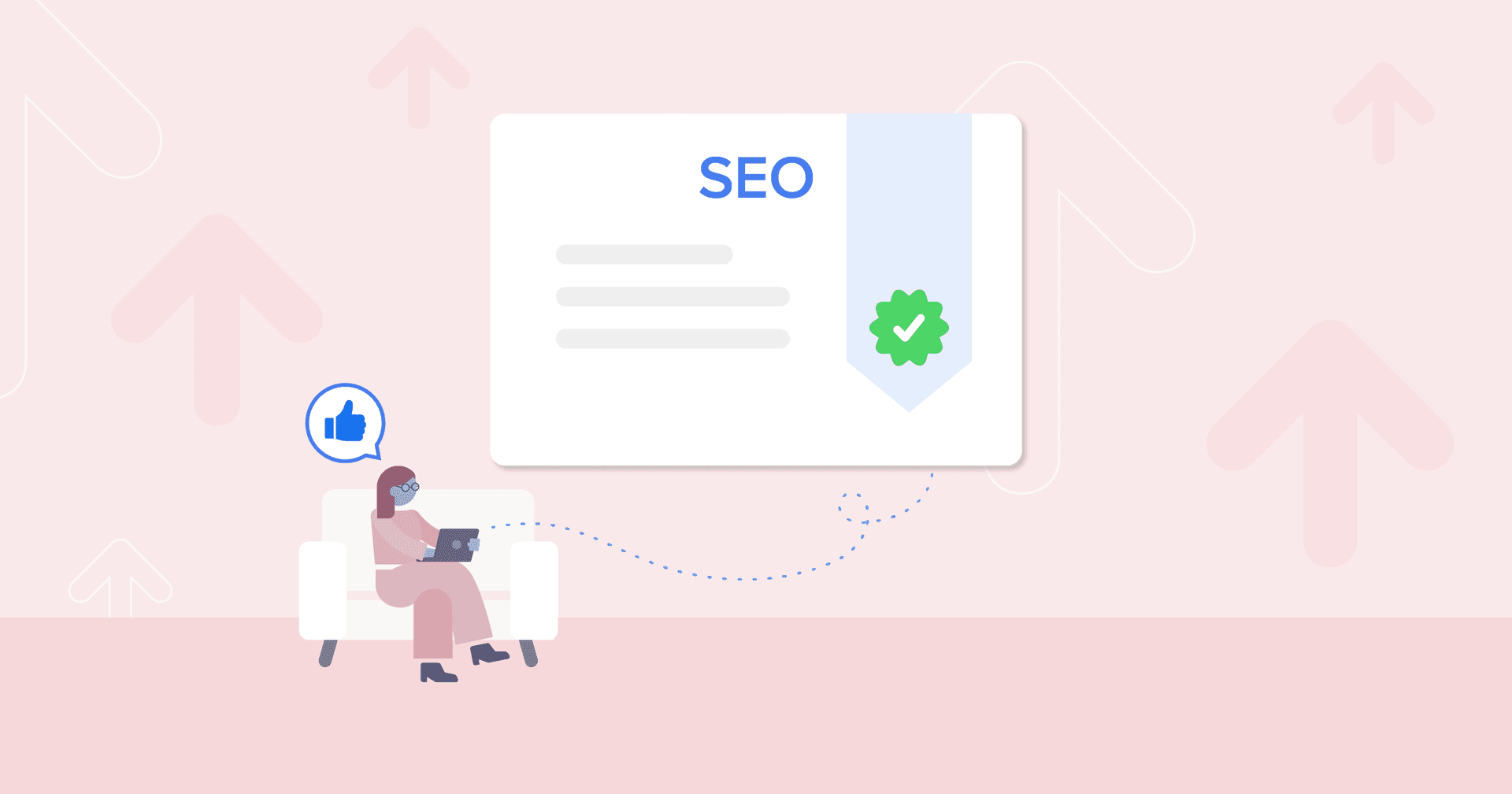Duplicate Content
Content Audit
Identify and address Duplicate Content for SEO improvement.
Strategy Refinement
Adjust tactics to reduce SEO impact from repeated text.
Competitive Analysis
Compare with competitors to spot Duplicate Content issues.
Client Reporting
Highlight Duplicate Content resolution in ROI discussions.
Why Duplicate Content Matters for Search Engines
Duplicate Content influences a website's SEO performance. When multiple websites or multiple versions of a page share identical or nearly identical content, search engines struggle to determine which version is most relevant to a search query. This leads to a dilution of ranking power and the site suffers in search result pages, where the value is divided between multiple similar indexed pages, rather than a single, authoritative source of quality content.
Moreover, seeing the same content or the same page multiple times will confuse users, leading to a subpar experience. Search engines may apply a Duplicate Content penalty and rank sites lower if they present repetitive content across duplicate pages, duplicate URLs, or a duplicate version across multiple URLs, which they see as a way to manipulate search engine results.
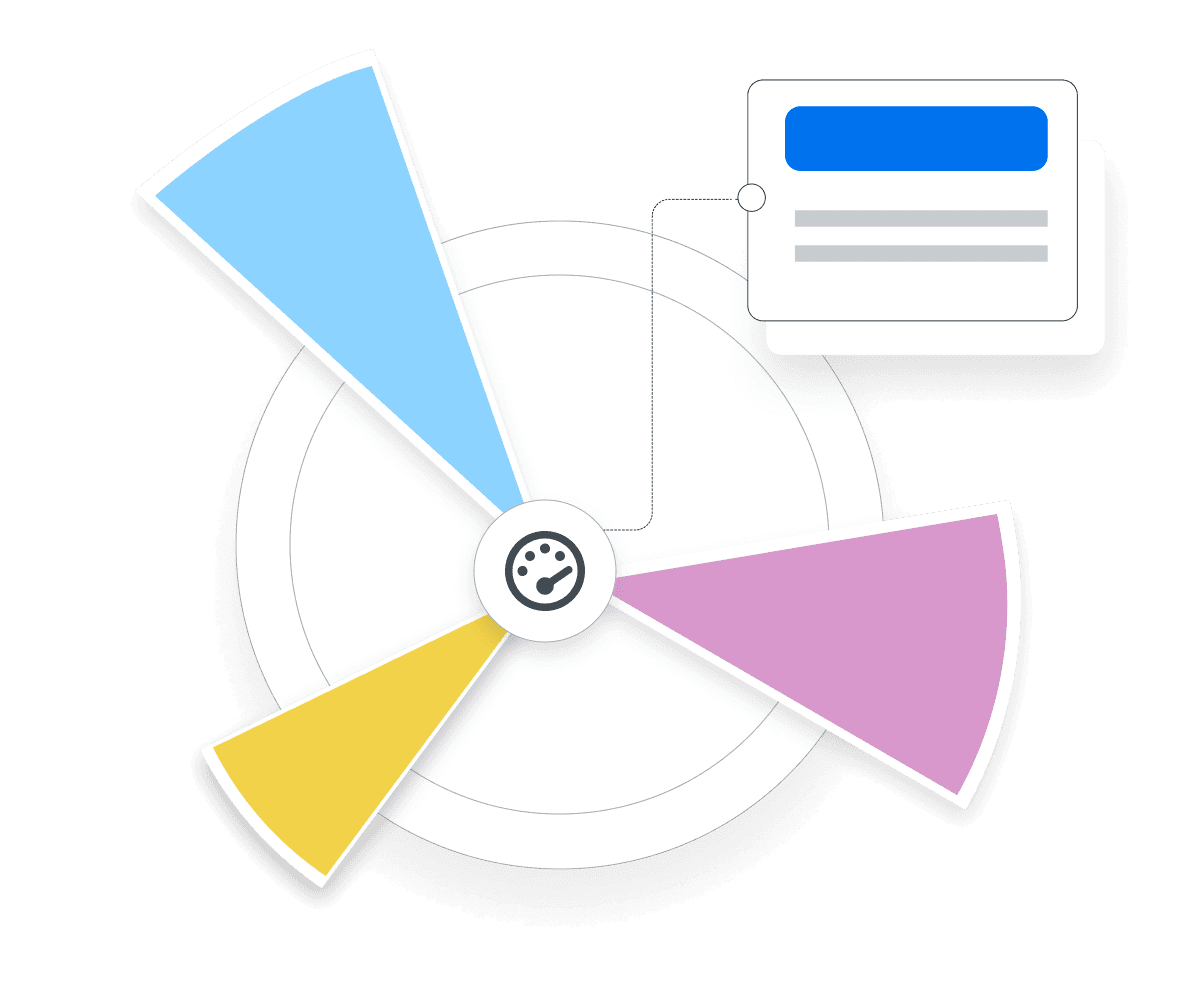
Stop Wasting Time on Manual Reports... Get SEO Insights Faster With AgencyAnalytics
How Duplicate Content Relates To Other KPIs
The impact of Duplicate Content on other key performance indicators (KPIs) is critical to both marketing agencies and clients. Primarily, it impacts Organic Search Rankings, as search engines favor unique content. This, in turn, affects Website Traffic Volume, a fundamental KPI. When a site's ranking suffers due to Duplicate Content, it sees a decrease in Organic Traffic, reducing the visibility of the brand or product.
Duplicate Content also influences Conversion Rate and User Engagement metrics. If potential customers encounter repetitive information on multiple pages, it decreases the likelihood of Conversion. Additionally, duplicated content affects Bounce Rate, as users might leave the site quickly upon encountering non-unique content. Therefore, managing Duplicate Content is about maintaining SEO health and ensuring other KPIs such as Traffic, User Engagement, and Conversion Rates are optimized.
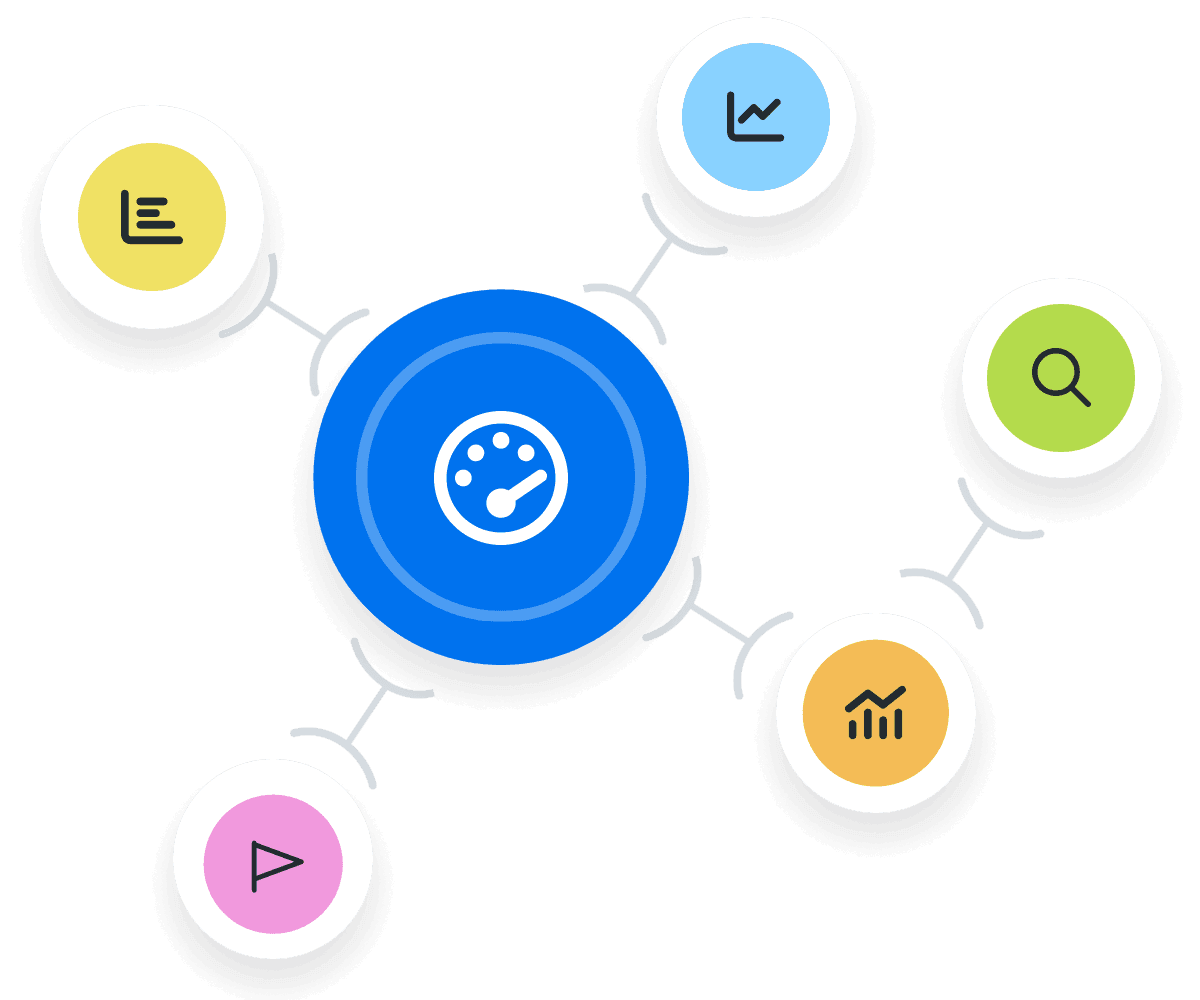
Key Factors That Impact Duplicate Content
Several factors contribute to the presence and impact of Duplicate Content. One primary factor is the structure of a website. Sites with complex architectures, such as those with multiple product pages or content categories, are more prone to unintentionally creating Duplicate Content. This is often seen in ecommerce sites where product descriptions are repeated from one page to another.
Another factor is content management system practices. Without a consistent approach to content creation and publication, it's easy for similar or identical content to proliferate across different sections of a website. External content syndication, where content is shared or republished across different domains, also contributes to the issue. Monitoring factors like content with the same URL, duplicated in multiple locations, and URL variations is crucial to minimize the negative SEO impact of Duplicate Content.
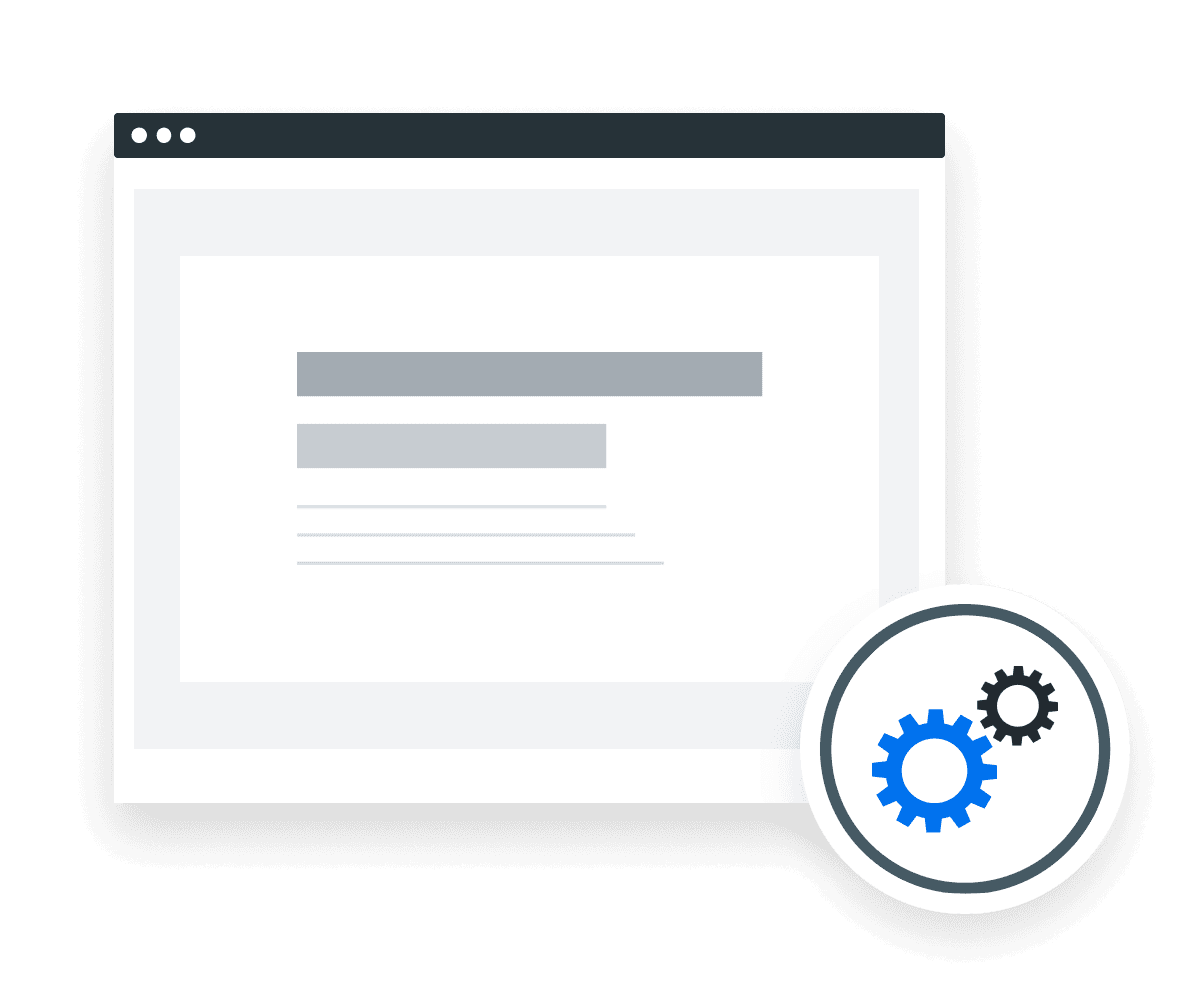
How To Measure Duplicate Content Rate
Measuring Duplicate Content involves analyzing the extent of content repetition across your own website or between other sites. Utilizing specialized SEO tools, marketers crawl a website to identify pages with similar or identical content. These tools typically provide a percentage score or a count of Duplicate Content instances, offering a clear view of the scope of the issue.
A simple formula to quantify Duplicate Content is:
Duplicate Content Rate Formula
What Is a Good Duplicate Content Rate?
A good benchmark for Duplicate Content is typically below 5%. This indicates that the website maintains a high level of unique content, favorable for SEO. A lower Duplicate Content rate helps achieve better rankings and enhances the user experience, increasing the likelihood of higher engagement and conversion.
What Is a Bad Duplicate Content Rate?
A bad average for Duplicate Content would be above 15%. Such a high percentage significantly hampers a site's visibility and user experience. It often results in lower rankings, decreased traffic, and potentially reduced conversion rates, signaling an urgent need for content review and restructuring.
How To Set Duplicate Content Benchmarks and Goals
If standard benchmarks are unavailable, agencies should use historical website data to set custom benchmarks. Analyzing past performance metrics, such as traffic and conversion rates, in relation to Duplicate Content levels will provide insights into what percentages have historically correlated with positive or negative outcomes. Additionally, agencies should back-calculate the required Duplicate Content percentage to meet specific revenue or traffic goals. This involves examining the relationship between Duplicate Content levels and key performance indicators over time, and adjusting strategies accordingly to optimize for desired outcomes.
Why Duplicate Content Matters to Clients
Clients view Duplicate Content as a key metric because it directly affects their online visibility and brand reputation. Unique content is the cornerstone of effective SEO, driving higher search engine rankings and organic traffic. When clients invest in original content, they expect it to distinguish their brand, attract a specific audience, and foster engagement.
Duplicate Content undermines these efforts by diluting their online presence and potentially causing search engines to penalize their site. Clients also care about the user experience; repetitive content will frustrate users and reduce the time spent on the site, impacting both engagement metrics and conversion rates.
It’s essential for clients to understand and fix Duplicate Content issues to ensure they get the maximum return on their digital marketing investments.

Why Duplicate Content Matters to Agencies
For agencies, managing Duplicate Content is a matter of professional integrity and strategic effectiveness. It's key for establishing and maintaining the agency's reputation as a provider of high-quality, SEO-optimized content. Agencies use this metric to demonstrate their expertise in creating unique, compelling content that enhances a client's digital footprint.
Furthermore, Duplicate Content is a red flag in an agency's content audit process, signaling areas for improvement in content strategy and development. From an SEO perspective, agencies focus on reducing Duplicate Content to improve client site rankings and overall campaign performance.
Duplicate Content also serves as a key differentiator in competitive markets, where agencies strive to provide unique solutions that set their clients apart. Keeping Duplicate Content to a minimum is part of an agency's commitment to delivering value and measurable results in digital marketing campaigns.

Save Time and Money by Automating Your Client Reporting
Best Practices When Analyzing and Reporting on Duplicate Content
Understanding Duplicate Content paves the way for more effective campaigns. A comprehensive analysis reveals the nuances of content overlap, guiding improvements in SEO and content strategy. It helps identify areas where unique content will enhance engagement and conversion rates, making campaigns more efficient and impactful.
Ensure Data Accuracy
To maintain data accuracy when measuring Duplicate Content, use reliable SEO tools (Rank Tracker, Google Search Console, etc.) to identify Duplicate Content and make informed decisions and refine strategy.
Compare Duplicate Content Across Multiple Pages
Assess Duplicate Content across various pages to see how different topics contribute to or mitigate the issue, and build strategies to avoid future duplication.
Analyze Duplicate Content Over Time
Evaluate Duplicate Content over time to understand the long-term impact. This approach ensures sustained improvement in content uniqueness and SEO performance.
Measure Duplicate Content Across Campaigns
Examine Duplicate Content across different campaigns to ensure that each strategy is executed in a unique fashion that will not hinder SEO performance.
Align Duplicate Content With Client Goals
Ensure that efforts to reduce Duplicate Content are in line with client objectives, improving content uniqueness and directly impacting the client's broader marketing goals.
Actionable Steps for Duplicate Content
Include practical, actionable, specific recommendations for content modification, site restructuring, or policy changes to effectively reduce content duplication.
FAQs About Identifying and Fixing Duplicate Content Issues
Duplicate content is a common technical SEO issue that can impact how many pages from a site appear in a search engine’s index. These FAQs help your agency explain what duplicate content is, why it matters, and how to resolve it effectively.
Duplicate content refers to substantial blocks of content that appear on more than one URL—either on the same website or across separate websites. This can include exact copies or near-duplicates of blog posts, landing pages, or article URLs. When content appears in multiple places, search engines may struggle to determine which is the original page or preferred URL.
Duplicate content often arises for technical reasons such as session IDs or tracking parameters being appended to a URL, or automatically generated category pages. Other causes include publishing the same content for mobile devices under different URLs, or creating multiple versions of a blog post or landing page without setting a canonical URL.
Duplicate content impacts SEO by diluting link metrics, splitting authority between different URLs, and making it harder for search engines to decide which version should rank. This can prevent the canonical version from appearing prominently in Google rankings, even if it is the original page.
There is no known “penalty” for duplicate content. However, copied content and exact copies from other websites can harm visibility because search engines may exclude duplicate pages from their index. The impact is less about punishment and more about reducing SEO value and visibility.
Agencies can find duplicate content using tools like Moz, Ahrefs, Semrush, Screaming Frog, Sitebulb, or Siteliner. Google Search Console also helps identify when content on a site is flagged as duplicate in the search engine’s index. These tools scan the HTML code of each page and highlight potential SEO issues that need attention.
On the same website, duplicate content usually happens when two URLs display the same page—for example, a blog post accessible from both a category page and its own article URL. Across separate websites, duplicate content may result from scraping content or republishing without proper canonical links, leading to confusion about which version should be indexed.
The best way to fix accessibility issues related to duplicate content is through technical SEO. This includes setting a rel=“canonical” tag on the preferred URL, consolidating content into a single page, using redirects, or marking duplicate pages as "no index" when appropriate. Agencies should also clean up tracking parameters in URLs, ensure consistent internal linking, and publish unique, high-quality content to prevent SEO issues.
Rank Tracker Dashboard Example
Related Integrations
Fixing Duplicate Content
Improving Duplicate Content is key for SEO success and user engagement. Here are actionable tips to transform Duplicate Content into unique, high-quality material that enhances website performance and search engine rankings.
Refine the Content
Focus on adding new insights, updating statistics, and incorporating recent trends relevant to the topic. This improves uniqueness and enhances the content's value to readers.
Use Canonical Tags
A canonical tag tells search engines which content version is the primary. These URL parameters ensure the right page gets indexed and ranked in search results.
Leverage Redirects
Use 301 redirects to channel users and search engine bots away from a duplicate page to the most relevant page. This consolidates URL structure and link equity, boosting SEO performance.
Related Blog Posts
See how 7,000+ marketing agencies help clients win
Free 14-day trial. No credit card required.


